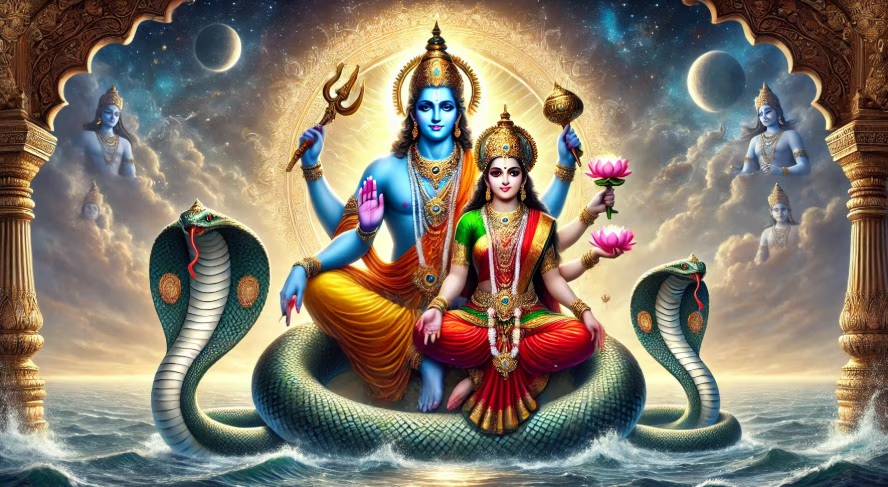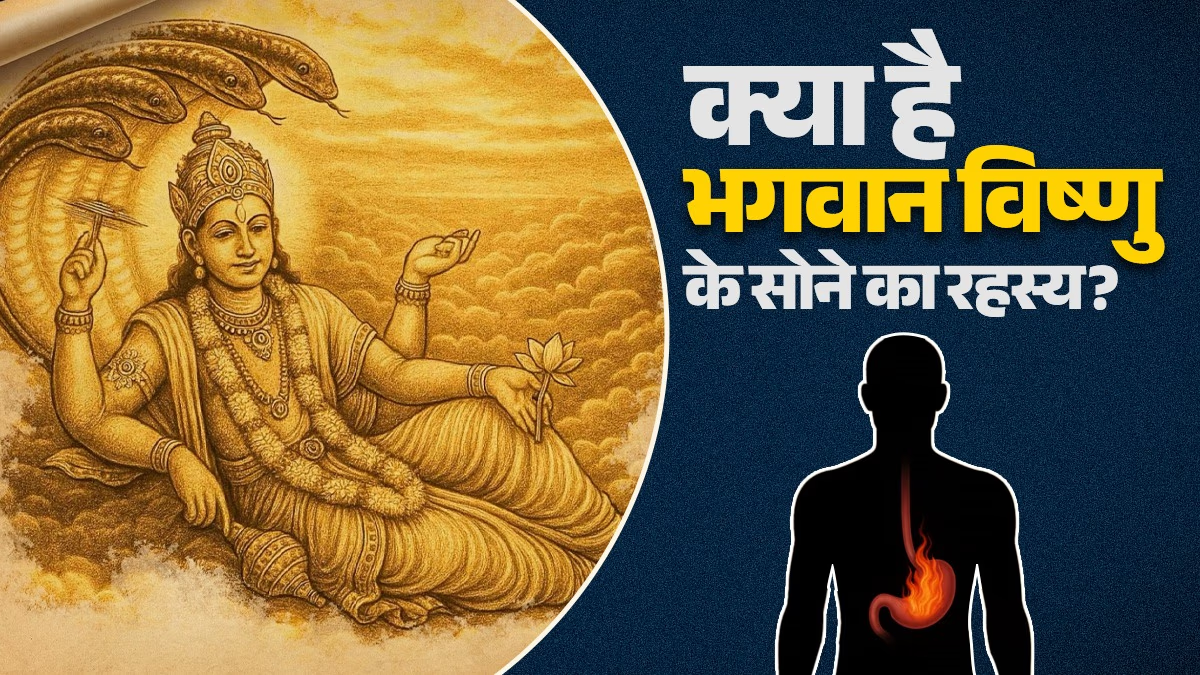In the Sanatan tradition, the lifestyle coordinated with fasting and festivals holds great significance. Consider rituals like the Ekadashi fasting, the worship on Chaturthi, or simply consuming fruits on certain days, contrasting with extravagant feasts on others.
An advocate for a balanced life, Sanatan dharma emphasizes harmony between austerity and indulgence. However, the changing lifestyle has distanced us from these traditions and obscured our understanding of their true essence.
Fasting practices and festivals have been reduced to mere timely occurrences. We fail to grasp the underlying science, thus missing their real benefits. Ironically, while the popularity of these customs is rising, the foundational principles are fading.
What is Chaturmas?
For instance, currently, Chaturmas is ongoing. Ask someone about it, and they might say, Lord Vishnu rests for four months, while Shiva maintains cosmic balance. That's Chaturmas. But what does this period entail? This time discourages consuming certain foods and advises against auspicious ceremonies. But why these prohibitions? Accurate answers are scarce.

Source: aajtak
In Lucknow, Dr. Pradeep Chaudhary from Shatabhisha Ayurveda Center provides a detailed explanation. He says Sanatan customs often leave people confused, necessitating a decoding to reveal their true purpose, found within Ayurveda.
For instance, this current period is monsoon. As per tradition, these four months are designated for the rainy season, correlating with increased pain in arthritis patients. Others might sense heaviness, gas, and inadequate digestion.
Why Fast During These Four Months?
The root of many ailments (diseases) lies in a weakened digestive fire. This fire, responsible for digesting food, diminishes during these four months, mainly due to the rain, necessitating lighter meals and numerous fasts during this season. Specifically, light meals in Ashadh ensure digestive ease, and vegetarianism is encouraged, transitioning to specific fasts in Bhadrapad and Kartik's Pitrupaksha, followed by Navratri.
Remarkably, these festivities align with Lord Vishnu's rest period, commencing from Harishayani Ekadashi in Ashadh. The timeframe termed Chaturmas marks a weakened digestive fire, during which the digestion of fried, rich foods is impaired, thus recommending abstinence.
Linking Lord Vishnu as Vaishvanar with Ayurveda
This connection is beautifully woven into tradition. Among Lord Vishnu's thousand names, Vaishvanar stands out. The Rigveda identifies Agni as Vaishvanar, echoed in the Bhagavad Gita. In Chapter 15, Verse 14, Lord Krishna (an avatar of Vishnu) proclaims himself as Vaishvanar.
Consider the verse:
'I am the fire, Vaishvanar, residing in the bodies of all living beings.'
Here, Vaishvanar symbolizes the digestive fire, portraying God's presence in life.

Source: aajtak
Vaishvanar, as Agni in Rigveda
In the Rigveda, Vaishvanar is chiefly linked to Agni, the sacred fire of sacrifices. Described within Rigveda (10.79, 80), and in Mandukya Upanishad, Vaishvanar is an aspect of the self, representing the waking state. As per Puranic description, a strengthened Agni denotes awakening, while its dormancy suggests rest—forming the concept of Vishnu's four-month divine slumber.
Chandogya Upanishad describes Vaishvanar Vidya, wherein Vaishvanar epitomizes the universal soul. Lord Vishnu inherits this name, signifying the union of the world and air.
Vaishvanar Churna in Ayurveda
Ayurveda introduces Vaishvanar Churna, an herbal powder designed to invigorate the weakened digestive fire, aiding digestion. It metaphorically conveys that Vishnu's cosmic rest signifies decreased digestive fire. During this period, Shiva's reign symbolizes sustenance with simplicity—where minimalistic, digestible meals suffice.
This fasting tradition extends beyond mere faith; it encapsulates the principle 'may everyone be happy and free of ailments.'




